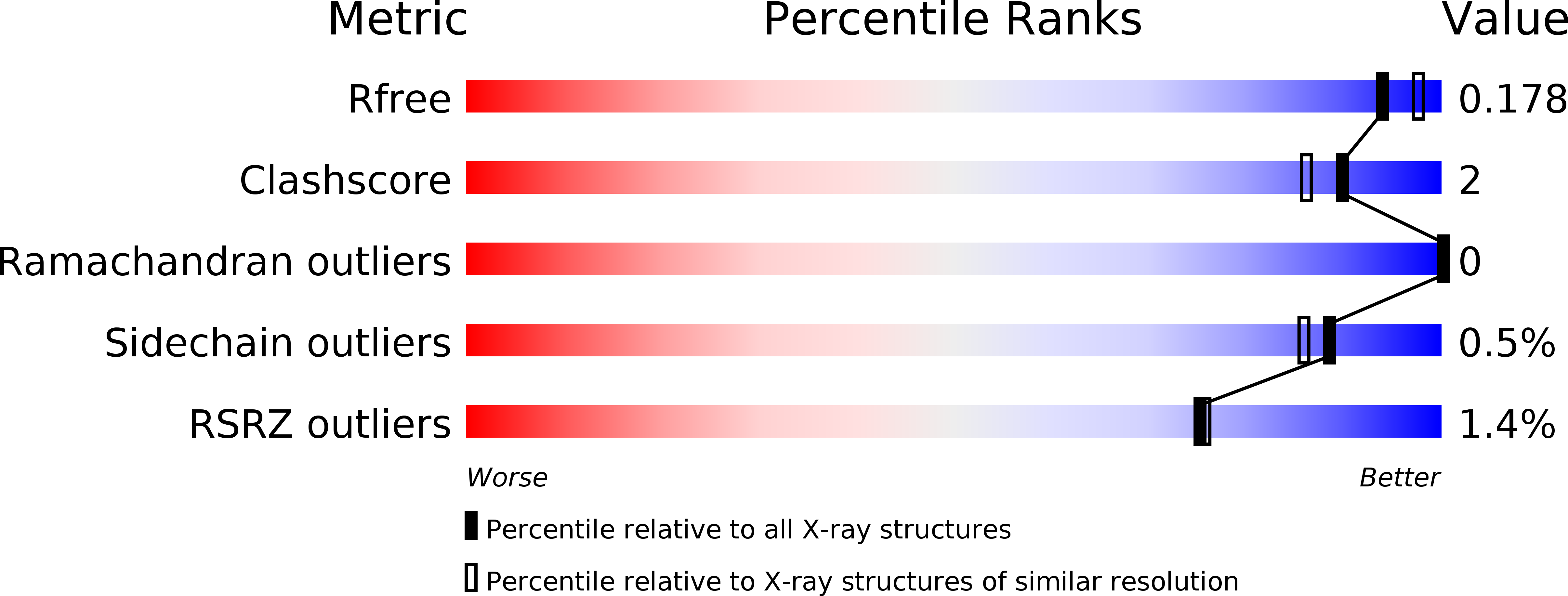
Deposition Date
2015-07-16
Release Date
2016-01-20
Last Version Date
2024-10-16
Entry Detail
PDB ID:
5A8M
Keywords:
Title:
Crystal structure of the selenomethionine derivative of beta-glucanase SdGluc5_26A from Saccharophagus degradans
Biological Source:
Source Organism:
SACCHAROPHAGUS DEGRADANS 2-40 (Taxon ID: 203122)
Host Organism:
Method Details:
Experimental Method:
Resolution:
1.86 Å
R-Value Free:
0.16
R-Value Work:
0.14
R-Value Observed:
0.14
Space Group:
P 41 21 2


